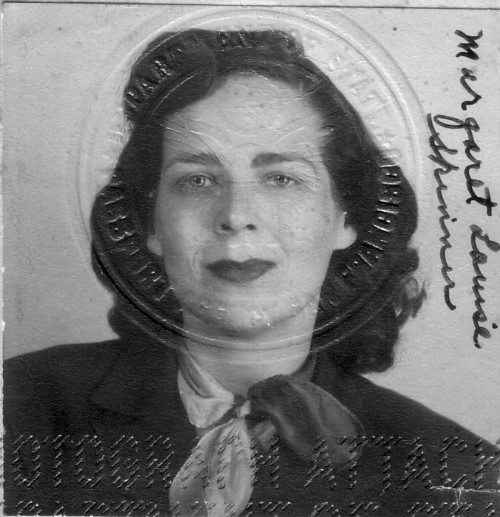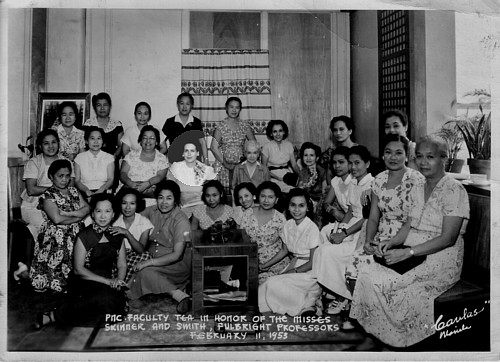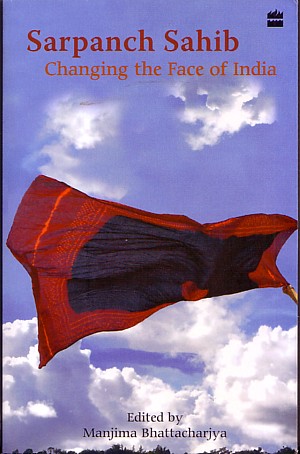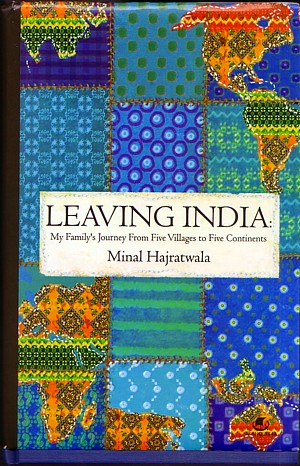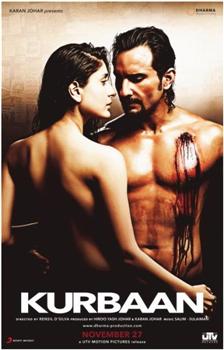In Somalia, Fatima faced the more orthodox side of her religion. She was not supposed to go out, not to talk to men. It was different to grow up as a Msulim in Cambodia, a predominently Buddhist country than in Somalia. After three years in Somalia, Fatima moved to Italy. (In the picture below, during a reading from her book - Fatima is in the middle)

"Aukui" means "black devil" in Cambodian and refers to the difficulties she faced in Cambodia because of her skin colour. She also had to overcome barriers created around her disability. She said that she has written this book to tell her story to her younger brothers and sisters, who were born later and do not know about their roots. About her religious beliefs, Fatima said that she takes what she likes from Islam, Buddhism and Catholicism.
Discussions about mixing of faiths and religions immediately resonate in me. In my family, we have three religions - Hinduism, Catholicism and Sikhism.
I think that with globalisation, with people moving from one country to another, there will be even more opportunities for people of different religions to meet, fall in love and make families. I also think that today, with greater awareness about ideas of human rights and religious liberalism, there are greater opportunities for people in mixed families like ours to maintain our distinct religious identities and yet be all together in harmony.
A couple of months ago, I was in Vietnam and one evening, I had a discussion with a friend, who is Buddhist and has married to a Catholic. They are planning to shift to Italy in a couple of years. "I continue to be Buddhist", she had said. I had thought that in her words, there was an unexpressed anxiety about shifting to a predominently Catholic country and yet, continuing to be a Buddhist.
"And the children of such mixed families, what about their religion?", sometimes people ask me. I don't know how did others deal with this, I can only share how we dealt with it. For us, all children have a right to their family traditions from both the sides, mothers' and fathers' sides. This means that children should be able to feel at home in all their family religions, should participate in all their religious traditions and rites. We had had a church wedding and a hindu wedding, our son had his baptism and his mundan.
It is true that sometimes religions have prayers that talk about supremacy of their god and being the only true religion, but I think that if children can understand that their parents are in peace with each other, they grow up with their own understanding of their religions.
I feel that these children growing with shared understanding and beliefs of different religions, will be the new citizens of the world. I also feel this understanding is precious and should be valued and nurtured.
In India, because we grow up with different religions around us, over the centuries we have developed so many examples of mixing up of religions and traditions. Between Islam, Hinduism, Sikhism, Jainism, Christianity, etc.
Once I had read about one of the first Indian censuses done during British times and how people had difficulty in telling their religions, they were not sure if they should call themselves sikhs or hindus, and were forced to decide. Over the past decades, growing ideas of religious orthodoxy and fundamentalism among all the different relgions, seem to strengthen the differences, the divisions and the boundaries between religions and beliefs.
We, the children of mixed gods need to counter this and ask for respect of our religions, our mixed religions.
I have been reading debates about Indian census and if we it should ask questions about the castes or not. I wish that Indian census would also ask about religions of persons and give them the possibility of giving multiple answers - we can also be Hindus and Muslims at the same time, Sikhs and Jains at the same time, Hindus and Sikhs and Parsi at the same time. I wish there is a question that asks, how many believe that there is just one god for all human beings not withstanding their different religions? and how many of us also pray in religious places of other religions?

